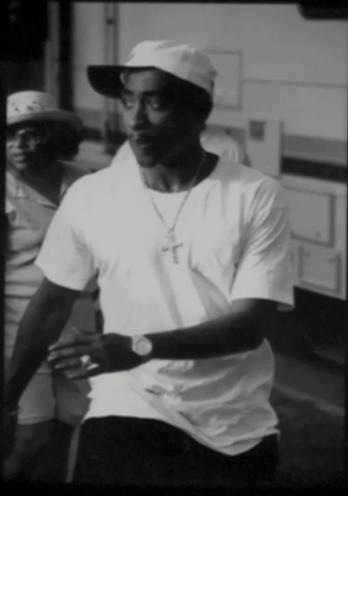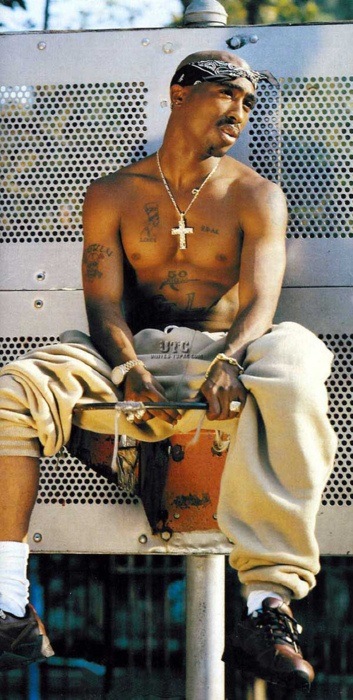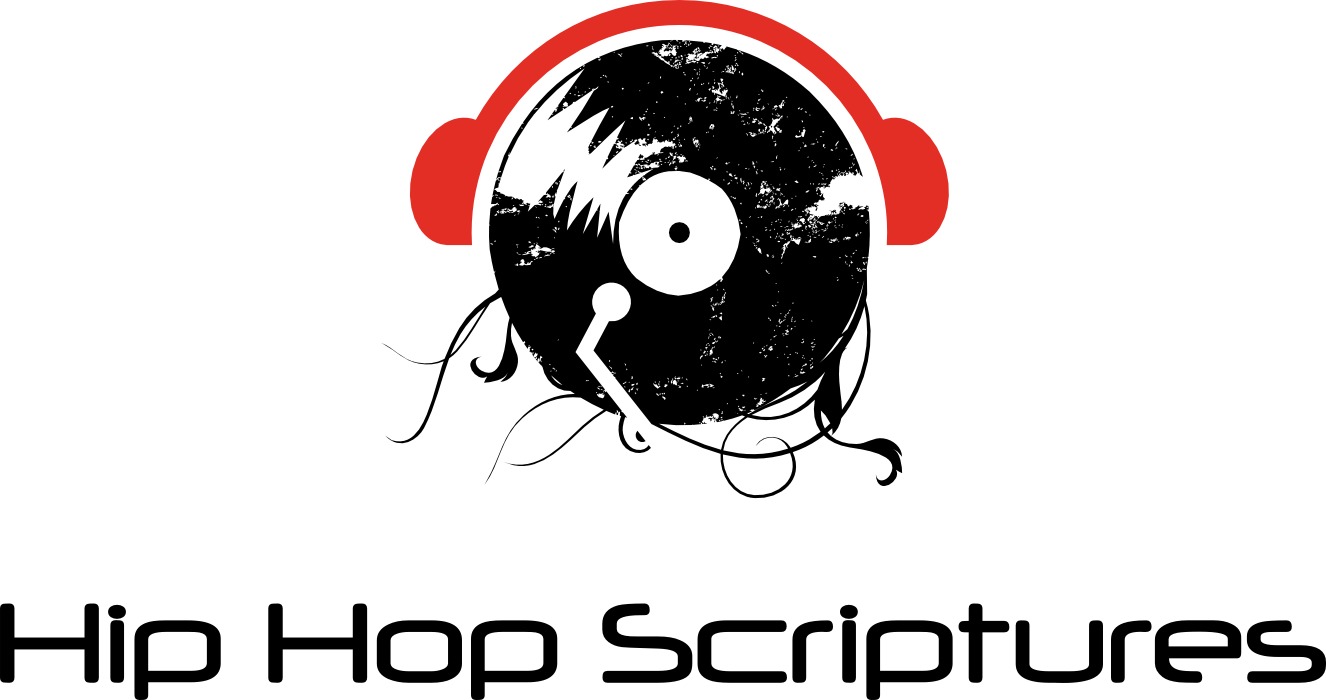Tupac Shakur Digital Bio
TUPAC
GOVERNMENT NAME: TUPAC AMARU SHAKUR
SUN SIGN: GEMINI
BIRTHDAY: JUNE 16
HOMETOWN: harlem, nyc, ny
Hologram Performance:
Hip-Hop Bio:
Tupac Amaru Shakur was an inspiration to millions.
While 2Pac was most famous for his rap career, he was also a gifted actor, poet and thoughtful while outspoken advocate for the poor and the overlooked in America. During his life, he produced an immense amount of artistic work, which included studio albums, major Hollywood feature films, and published works. He was most prolific in the music industry, selling over 75 million albums. 2Pac’s unapologetic lyrics were relevant, important, and reflective of the hard lives led by many. His music earned attention and respect through a poetic style that embraced street vocabulary while being innovative. Today, 2Pac is still considered by many to be one of the biggest influences on modern hip-hop.
2Pac’s career has earned him six Grammy nominations and three MTV Video Music Award nominations. In 1997, Shakur was honored by the American Music Awards as the Favorite Hip Hop Artist.
Born on June 16 1971 in New York City, Shakur’s parents were both members of the Black Panther Party whose militant style and provocative ideologies for civil rights would come to influence 2Pac’s music.
Shakur was born on June 16, 1971, in the East Harlem section of Manhattan in New York City. He was named after Túpac Amaru, an 18th-century South American revolutionary who was executed after leading an indigenous uprising against Spanish rule. Subsequent to Shakur's death, the Las Vegas Metropolitan Police Department (as well as the official coroner's report, which lists "Crooks" as an aka) released his name as Lesane Parish Crooks.
His mother, Afeni Shakur, and his father, Billy Garland, were active members of the Black Panther Party in New York in the late 1960s and early 1970s. The infant boy was born a month after his mother was acquitted of more than 150 charges of "Conspiracy against the United States government and New York landmarks" in the New York "Panther 21" court case.
Shakur lived from an early age with people who were convicted of serious criminal offences and who were imprisoned. His godfather, Elmer "Geronimo" Pratt, a high ranking Black Panther, was convicted of murdering a school teacher during a 1968 robbery, although his sentence was later overturned. His stepfather, Mutulu, spent four years at large on the FBI's Ten Most Wanted Fugitives list beginning in 1982. Mutulu was wanted for having helped his sister Assata Shakur (also known as Joanne Chesimard) to escape from a penitentiary in New Jersey. She had been imprisoned for killing a state trooper in 1973. Mutulu was caught in 1986 and imprisoned for the robbery of a Brinks armored truck in which two police officers and a guard were killed. Shakur had a half-sister, Sekyiwa, two years his junior, and an older stepbrother, Mopreme "Komani" Shakur, who appeared in many of his recordings.
At the age of twelve, Shakur enrolled in Harlem's 127th Street Repertory Ensemble and was cast as the Travis Younger character in the play A Raisin in the Sun, which was performed at the Apollo Theater. In 1986, the family relocated to Baltimore, Maryland. After completing his second year at Paul Laurence Dunbar High School, he transferred to the Baltimore School for the Arts, where he studied acting, poetry, jazz, and ballet. He performed in Shakespeare plays, and in the role of the Mouse King in the ballet The Nutcracker. Shakur, accompanied by one of his friends, Dana "Mouse" Smith, as his beatbox, won many rap competitions and was considered to be the best rapper in his school. He was remembered as one of the most popular kids in his school because of his sense of humor, superior rapping skills, and ability to mix with all crowds. He developed a close friendship with a young Jada Pinkett (later Jada Pinkett Smith) that lasted until his death.
In the documentary Tupac: Resurrection, Shakur says, "Jada is my heart. She will be my friend for my whole life." Pinkett Smith calls him "one of my best friends. He was like a brother. It was beyond friendship for us. The type of relationship we had, you only get that once in a lifetime." A poem written by Shakur titled "Jada" appears in his book, The Rose That Grew From Concrete, which also includes a poem dedicated to Pinkett Smith called "The Tears in Cupid's Eyes". During his time in art school, Shakur became affiliated with the Baltimore Young Communist League USA, and began dating the daughter of the director of the local Communist Party USA.
In June 1988, Shakur and his family moved to Marin City, California, a residential community located 5 miles (8.0 km) north of San Francisco, where he attended Tamalpais High School in nearby Mill Valley. He began attending the poetry classes of Leila Steinberg in 1989. That same year, Steinberg organized a concert with a former group of Shakur's, "Strictly Dope"; the concert led to him being signed with Atron Gregory. He set him up as a roadie and backup dancer with the young rap group Digital Underground in 1990.
At an early age, Tupac’s love for performance and the arts began to show, as he began acting at age 13 and later enrolled in the Baltimore School of the Arts before dropping out at 17. Shakur broke into the music business with rap group Digital Underground as a back-up dancer and roadie. Eventually Shakur released his first solo album in ’91, 2pacalypse Now. 2Pac’s music career began to grow as his second album,Strictly 4 My N.I.G.G.A.Z included two top 20 pop chart tracks: I Get Around and Keep Ya Head Up.
1991–92: 2Pacalypse Now
Shakur's professional entertainment career began in the early 1990s, when he debuted his rapping skills in a vocal turn in Digital Underground's "Same Song" from the soundtrack to the 1991 film Nothing but Trouble and also appeared with the group in the film of the same name. The song was later released as the lead song of the Digital Underground extended play (EP) This is an EP Release, the follow-up to their debut hit album Sex Packets. Shakur appeared in the accompanying music video. After his rap debut, he performed with Digital Underground again on the album Sons of the P. Later, he released his first solo album, 2Pacalypse Now. Though the album did not generate any "Top Ten" hits, 2Pacalypse Now is hailed by many critics and fans for its underground feel, with many rappers such as Nas, Eminem, Game, and Talib Kweli having pointed to it as inspiration. Although the album was originally released on Interscope Records, rights of it are now owned by Amaru Entertainment. The album's name is a reference to the 1979 film Apocalypse Now.
The album generated significant controversy. Dan Quayle criticized it after a Texas youth's defense attorney claimed he was influenced by 2Pacalypse Now and its strong theme of police brutality before shooting a state trooper. Quayle said, "There's no reason for a record like this to be released. It has no place in our society." The record was important in showcasing 2Pac's political conviction and his focus on lyrical prowess. On MTV's Greatest Rappers of All Time List, 2Pacalypse Now was listed as one of 2Pac's "certified classic" albums, along with Me Against the World, All Eyez On Me and The Don Killuminati: The 7 Day Theory.
2Pacalypse Now went on to be certified Gold by the RIAA. It featured three singles; "Brenda's Got a Baby", "Trapped", and "If My Homie Calls". 2Pacalypse Now can be found in the Vinyl Countdown and in the instruction manual for Grand Theft Auto: San Andreas, along with the track "I Don't Give a Fuck," which appeared on the in-game radio station, Radio Los Santos.
1993: Strictly 4 My N.I.G.G.A.Z.
His second studio album, Strictly 4 My N.I.G.G.A.Z., was released in February 1993. The album did better than the previous one debuting on number 24 on the Billboard 200. The album contains many tracks emphasizing Tupac's political and social views. This album had more commercial success than its predecessor, and there were noticeable differences in production. While Tupac's first effort had an indie-rap-oriented sound, this album was considered his "breakout" album. It spawned the hits "Keep Ya Head Up" and "I Get Around" and reached platinum status. On vinyl, Side A (tracks 1–8) was labeled the "Black Side" and Side B (tracks 9–16) the "Dark Side." It's known as his tenth-biggest selling album with 1,366,000 units moved as of 2004.
1994: Thug Life, Thug Life: Volume 1 and November shooting
"Thug Life" redirects here. For the film, see Thug Life (film). For the album, see Thug Life: Volume 1.
In late 1993, Shakur formed the group Thug Life with a number of his friends, including Big Syke, Macadoshis, his stepbrother Mopreme Shakur, and Rated R. The group released their only album Thug Life: Volume 1 on September 26, 1994, which went gold. The album featured the single "Pour Out a Little Liquor," produced by Johnny "J" Jackson, who went on to produce a large part of Shakur's album All Eyez on Me. The group usually performed their concerts without Shakur. The album was originally released by Shakur's label Out Da Gutta Records. Due to criticism about gangsta rap at the time, the original version of the album was scrapped and re-recorded with many of the original songs being cut. Among the notable tracks on the album are "Bury Me a G," "Cradle to the Grave," "Pour Out a Little Liquor" (which also appears in the soundtrack to the 1994 film Above the Rim), "How Long Will They Mourn Me?" and "Str8 Ballin'." The album contains ten tracks because Interscope Records felt many of the other recorded songs were too controversial to release. Although the original version of the album was not completed, Tupac performed the planned first single from the album, "Out on Bail" at the 1994 Source Awards. Although the album was originally released on Shakur's label Out Da Gutta, Amaru Entertainment, the label owned by the mother of Tupac Shakur, has since gained the rights to it. Thug Life: Volume 1 was certified Gold. The track "How Long Will They Mourn Me?" appeared later in 1998 from 2Pac's Greatest Hits album.
Shakur was rushed to Bellevue Hospital after a near-fatal shooting in 1994
On the night of November 30, 1994, the day before the verdict in his sexual abuse trial was to be announced, Shakur was shot five times and robbed by two armed men in army fatigues after entering the lobby of Quad Recording Studios in Manhattan. He would later accuse Sean Combs, Andre Harrell, and Biggie Smalls—whom he saw after the shooting—of setting him up. Shakur also suspected his close friend and associate, Randy "Stretch" Walker, of being involved in the attack. In a documentary, Biggie says that they were in the recording studio and did not know Shakur would be there. Once they heard he was downstairs, Lil' Cease went to get him but came back with news that he had just been shot. When Biggie's entourage went downstairs to check on the incident, Shakur was being taken out on a stretcher, still conscious and giving the finger to those around.
According to the doctors at Bellevue Hospital, where he was admitted immediately following the incident, Shakur had received five bullet wounds; twice in the head, twice in the groin and once through the arm and thigh. In the documentary "Biggie and Tupac", Tupac's father is interviewed and said that Tupac made a point to show him that no damage was inflicted upon his penis and/or testicles. His father also mentions that when he saw Tupac's groin, he knew that he was his son. He checked out of the hospital against doctor's orders, three hours after surgery. In the day that followed, Shakur entered the courthouse in a wheelchair and was found guilty of three counts of molestation, but innocent of six others, including sodomy. On February 6, 1995, he was sentenced to one-and-a-half to four-and-a-half years in prison on a sexual assault charge.
A year later on November 30, 1995, Stretch was killed after being shot twice in the back by three men who pulled up alongside his green minivan at 112th Ave. and 209th St. in Queens Village, while he was driving. His minivan smashed into a tree and hit a parked car.
On March 17, 2008, Chuck Philips wrote a Los Angeles Times article stating that Jimmy Henchman, a hip hop talent manager, ordered a trio of thugs to rough up Shakur. The article, which was later retracted by the LA Times because it partially relied on FBI documents which turned out to be forged was thought to be vindicated in 2011 when Dexter Isaac admitted to attacking Tupac on orders from Henchman. Following Isaac’s public confession, Philips corroborated Isaac as one (among many) of his key unnamed sources. In a June 12, 2012 exclusive for The Village Voice, Philips reported that Jimmy Henchman admitted to setting up Tupac's ambush during one of nine "Queen For A Day" proffer sessions with the government in autumn of 2011, according to prosecutors, key evidence supporting Philips' theory of the attack.
1995: Prison sentence, Me Against the World and bail
Shakur began serving his prison sentence at Clinton Correctional Facility on February 14, 1995. Shortly afterward, he released his multi-platinum album Me Against the World. Shakur became the first artist to have an album at number one on the Billboard 200 while serving a prison sentence. Me Against the World made its debut on the Billboard 200 and stayed at the top of the charts for four weeks. The album sold 240,000 copies in its first week, setting a record for highest first week sales for a solo male rap artist at the time. While serving his sentence, he married his long-time girlfriend, Keisha Morris, on April 4, 1995; the couple divorced in 1996. Shakur stated he married her "for the wrong reasons". While imprisoned, Shakur read many books by Niccolò Machiavelli, Sun Tzu's The Art of War and other works of political philosophy and strategy. He wrote a screenplay titled Live 2 Tell while incarcerated, a story about an adolescent who becomes a drug baron.
The album was very well received, with many calling it the magnum opus of his career. It is considered one of the greatest and most influential hip hop albums of all-time. It is his fourth biggest selling album with 2,439,000 units moved to date. Me Against the World won best rap album at the 1996 Soul Train Music Awards.
"Dear Mama" was released as the album's first single in February 1995, along with the track "Old School" as the B-side. "Dear Mama" would be the album's most successful single, topping the Hot Rap Singles chart, and peaking at the ninth spot on the Billboard Hot 100. The single was certified platinum in July 1995, and later placed at #51 on the year-end charts. The second single, "So Many Tears", was released in June, four months after the first single. The single would reach the number six spot on the Hot Rap Singles chart, and the 44th on the Billboard Hot 100. "Temptations", released in August, was the third and final single from the album. The single would be the least successful of the three released, but still did fairly well on the charts, reaching number 68 on the Billboard Hot 100, 35 on the Hot R&B/Hip-Hop Singles & Tracks, and 13 on the Hot Rap Singles charts.
1996: All Eyez on Me and The Don Killuminati: The 7 Day Theory
All Eyez on Me was the fourth studio album by 2Pac, released on February 13, 1996 by Death Row Records and Interscope Records. The album is frequently recognized as one of the crowning achievements of 1990s rap music. It has been said that "despite some undeniable filler, it is easily the best production 2Pac's ever had on record". It was certified 5× Platinum after just 2 months in April 1996 and 9× platinum in 1998. The album featured the Billboard Hot 100 number one singles "How Do U Want It" and "California Love". It featured 5 singles in all, the most of any 2Pac album. Moreover, All Eyez On Me (which was the only Death Row release to be distributed through PolyGram by way of Island Records) made history as the first double-full-length hip-hop solo studio album released for mass consumption. It was issued on two compact discs and four LPs. Chartwise, All Eyez on Me was the second album from 2Pac to hit number-one on both the Billboard 200 and the Top R&B/Hip-Hop Albums charts. It sold 566,000 copies in the first week of its release, and was charted on the top 100 with the top one-week Soundscan sales since 1991. The album won the 1997 Soul Train R&B/Soul or Rap Album of the Year Award. Shakur also won the Award for Favorite Rap/Hip-Hop Artist at the 24th Annual American Music Awards.
Makaveli The Don - Killuminati: The 7 Day Theory, commonly shortened to The 7 Day Theory, is the fifth and final studio album by Tupac Shakur, under the new stage name Makaveli, finished before his death and his first studio album to be posthumously released. The album was completely finished in a total of seven days during the month of August 1996. The lyrics were written and recorded in only three days and mixing took an additional four days. These are among the very last songs he recorded before his fatal shooting on September 7, 1996. In 2005, MTV.com ranked Killuminati: The 7 Day Theory at #9 on their greatest hip hop albums of all time list and, in 2006, recognized it as a classic. The emotion and anger showcased on the album has been admired by a large part of the hip-hop community, including other rappers. Ronald "Riskie" Brent is the creator of the Makaveli Don Killuminati cover painting. George "Papa G" Pryce, Former Head of Publicity for Death Row, claimed that "Makaveli which we did was a sort of tongue and cheek and it was not really to come out and after Tupac was murdered, it did come out. But before that it was going to be a sort of an underground." The album peaked at number one on the Billboard Top R&B/Hip-Hop Albums chart and the Billboard 200. The album generated the second-highest debut-week sales total of any album that year, selling 664,000 copies on the first week. This album was certified 4× Platinum on June 15, 1999.
Shakur’s legal battles began after he established his rap career. In the early nineties Shakur faced a wrongful death suit which settled out of court, accusations of assaulting police officers where charges were ultimately dropped, and even an incident where Shakur sustained five gunshot wounds from shooter Dexter Isaac. In 1995 2Pac was sentenced one-and-a-half to four-and-a-half years in prison for sexual abuse. However, not even prison could slow the success of Shakur’s career.
While incarcerated 2Pac’s latest album at the time, Me Against the World, was number one in the pop charts and would later go double platinum. Shakur became the first artist to reach number one in the pop charts while serving a prison sentence. Making the most of his time in jail, 2Pac became a passionate reader. Among his favorites were the works of Niccolò Machiavelli, an Italian Renaissance writer whose works were in part the foundation for western political science. Shakur’s appreciation of his work inspired the nickname: Makaveli.
After serving only eight months of his sentence, 2Pac was out on parole thanks to a 1.4 million dollar bond paid by Suge Knight, CEO of Death Row Records. Now signed with Death Row Records, Shakur went on to create All Eyez on Me, which featured hits How Do You Want It and California Love.
2Pac’s life was cut short in September of 1996 when Shakur became the victim of a drive-by shooting while his car waited on a red light. While Shakur survived the surgery that followed he was pronounced dead almost a week after the attack.
Even today, 2Pac’s influence is wide-spread. From the Library of Congress where his song Dear Mama was added in 2010 to the National Registry, to artists like 11 time Grammy winner Eminem who in an interview with MTV said:
“He made you feel like you knew him. I think that , honestly, Tupac was the greatest songwriter that ever lived. He made it seem so easy. The emotion was there, and feeling, and everything he was trying to describe. You saw a picture that he was trying to paint.”
2Pac leaves a legacy of honesty and passion in his songs. Respected by many, 2Pac has become an inspiration for artists and a standard in rap music.
(sources: 2pac.com, wikipedia.org)

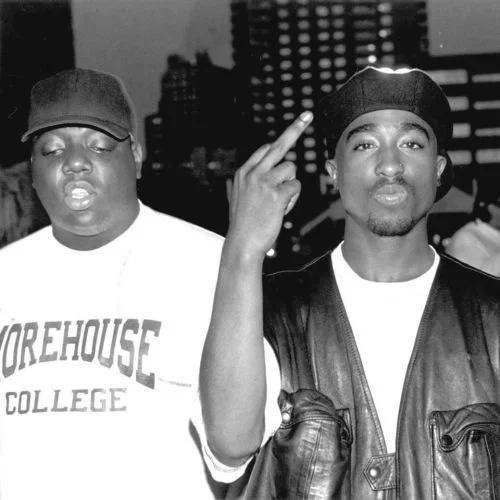
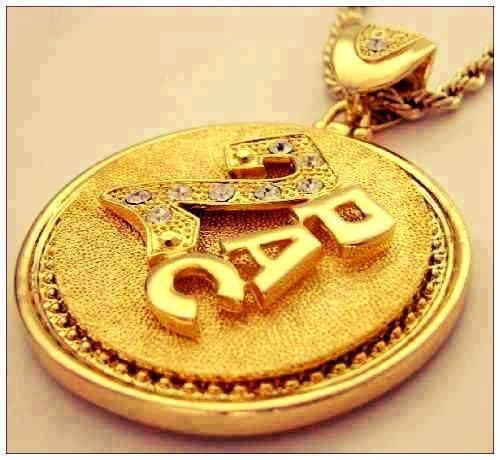
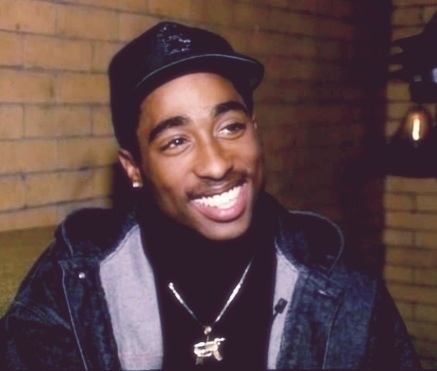
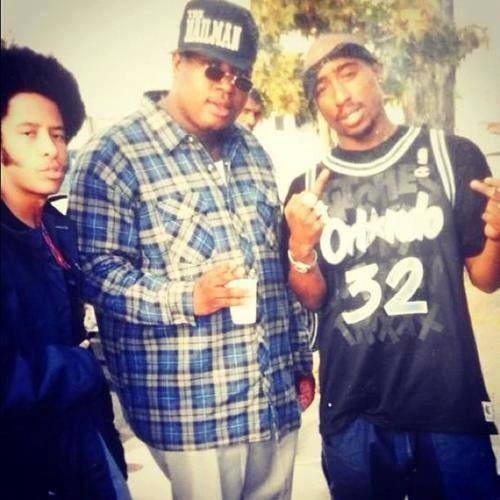
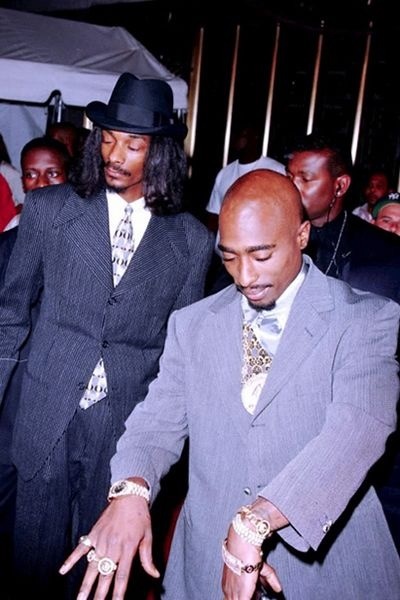
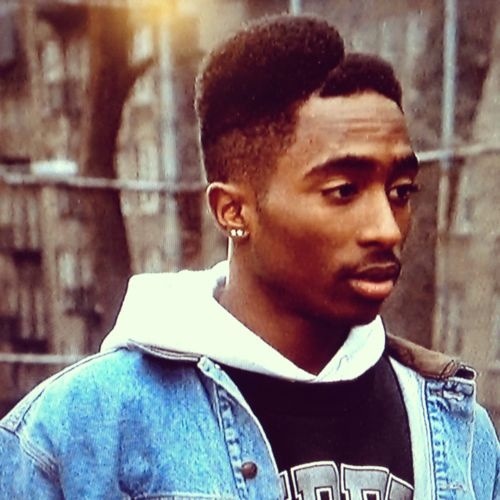
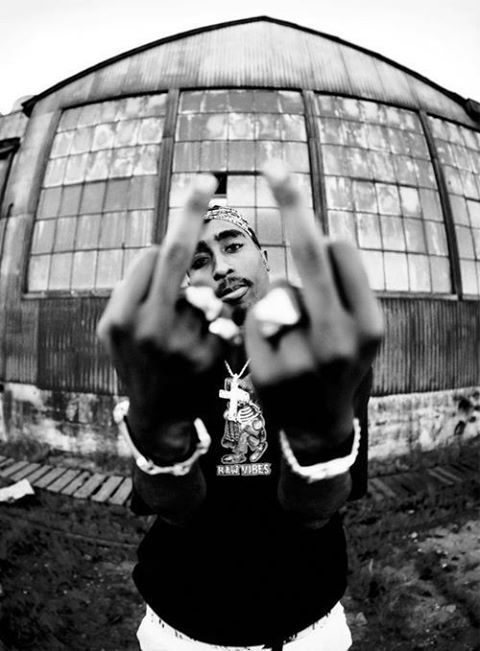
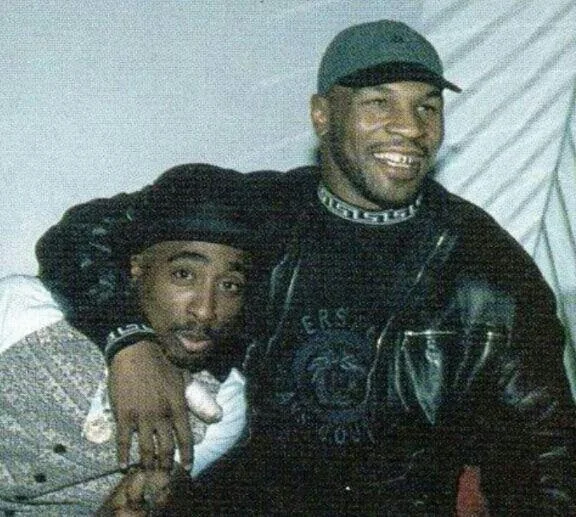
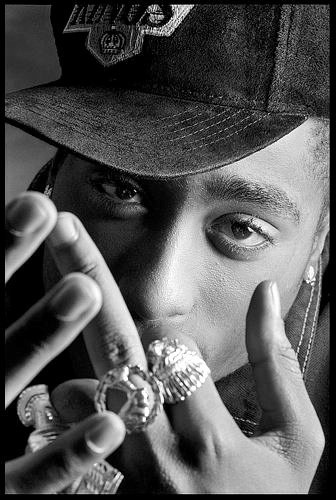
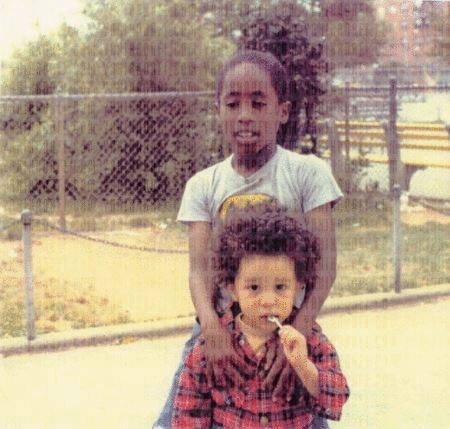

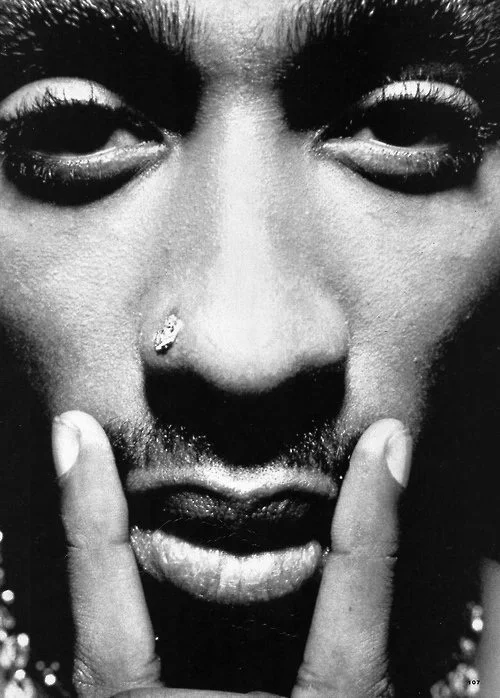
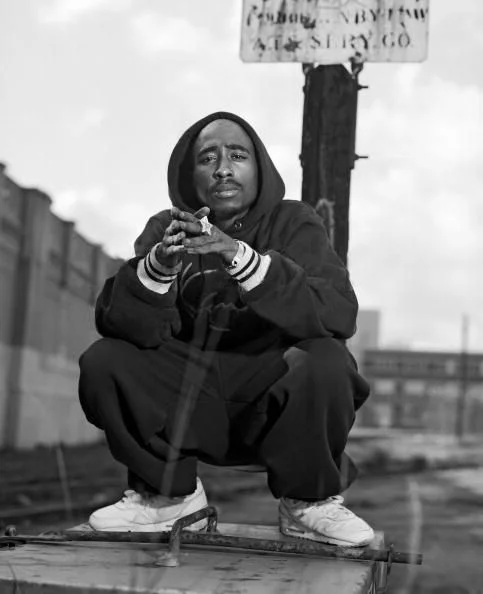
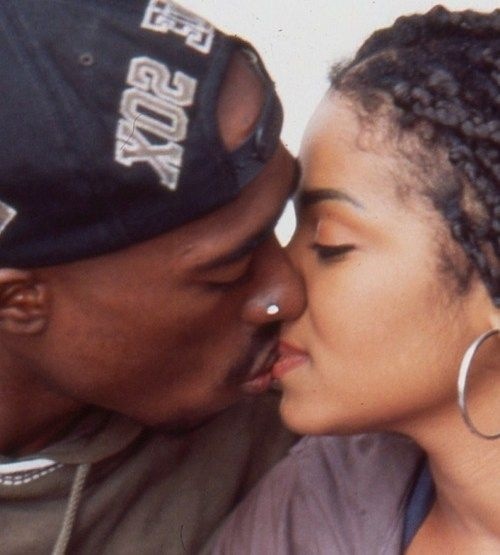
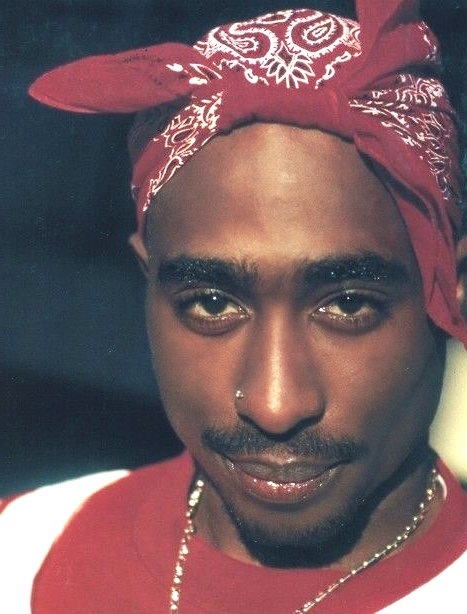
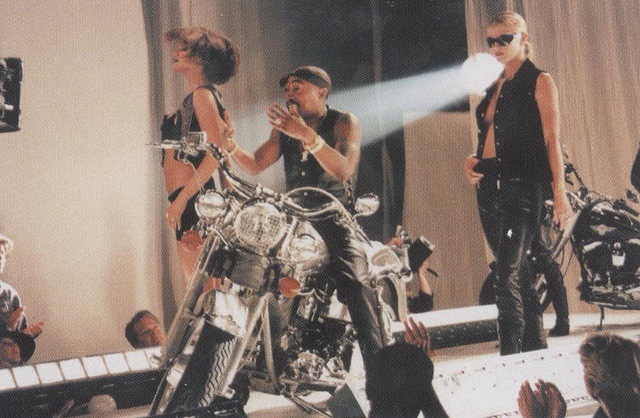
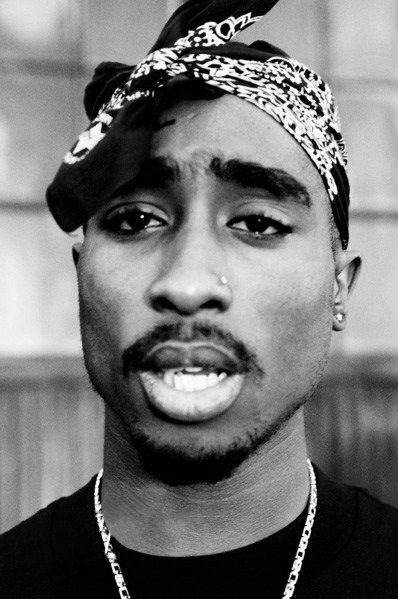
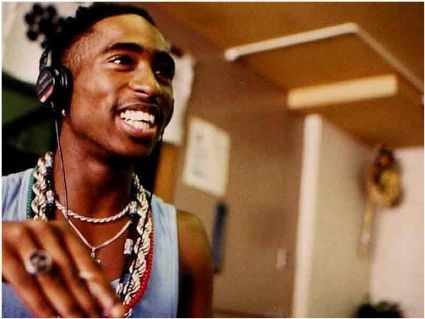


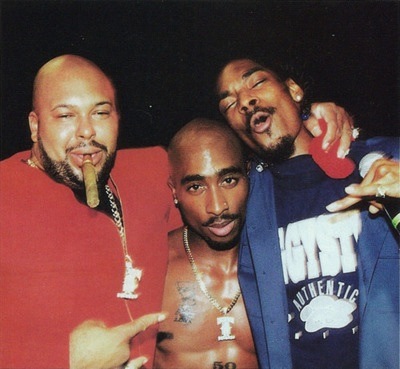
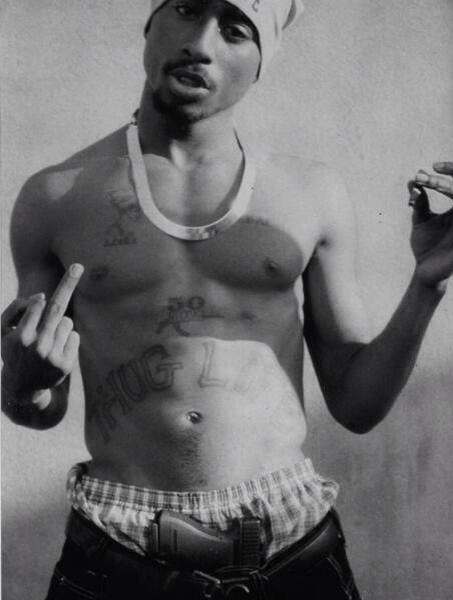
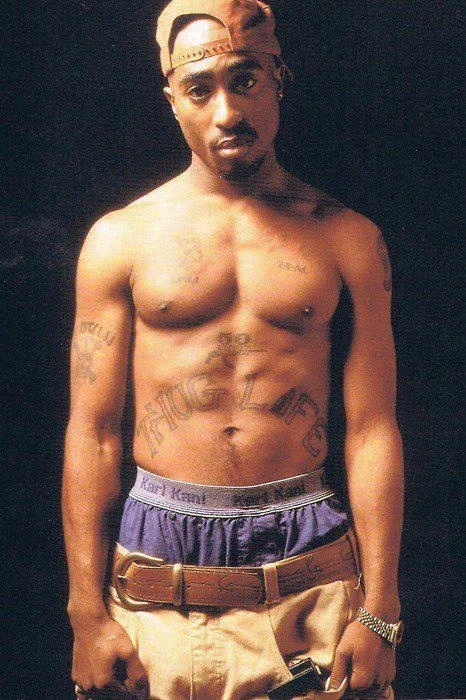
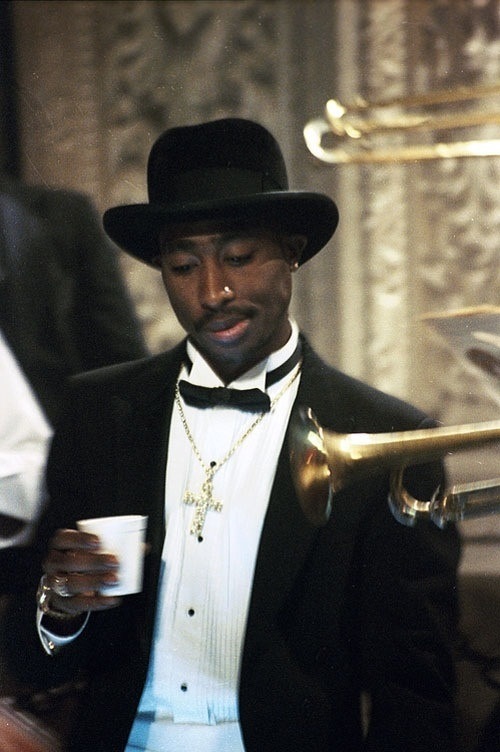
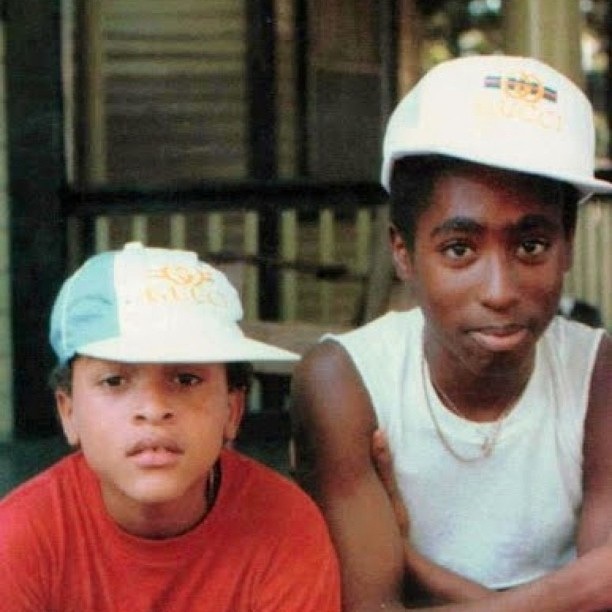



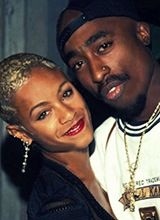
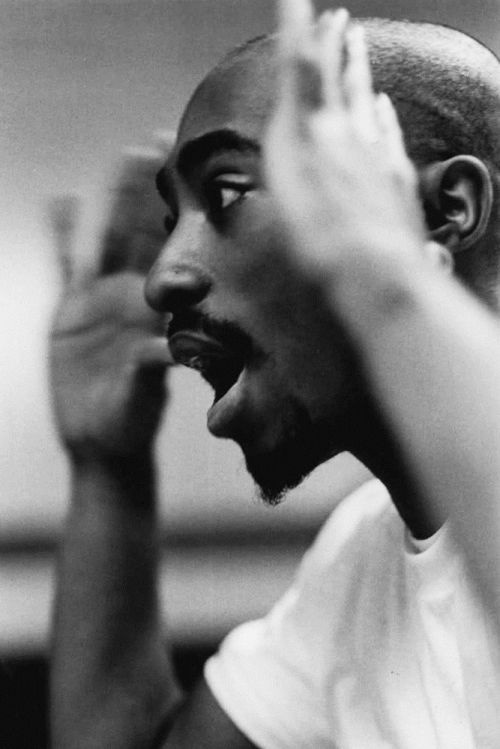

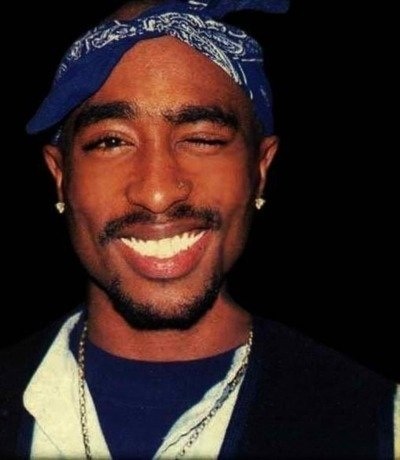
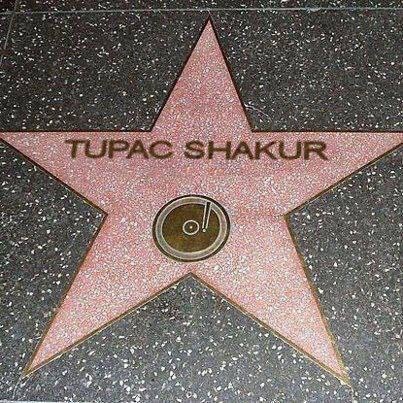
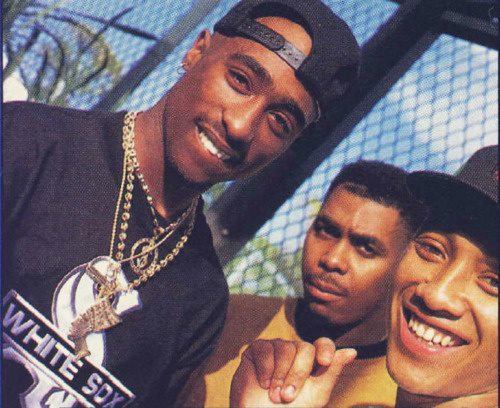
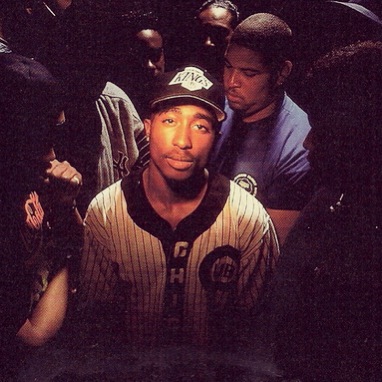




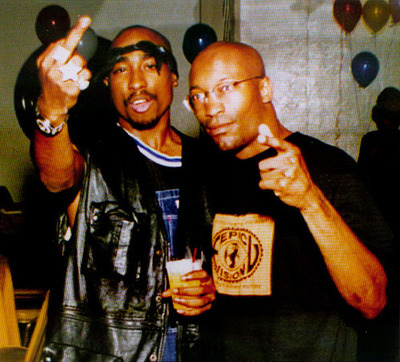

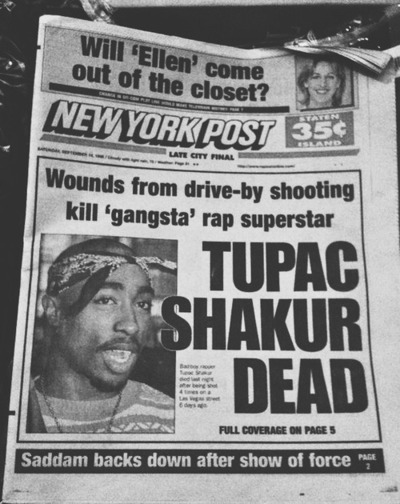
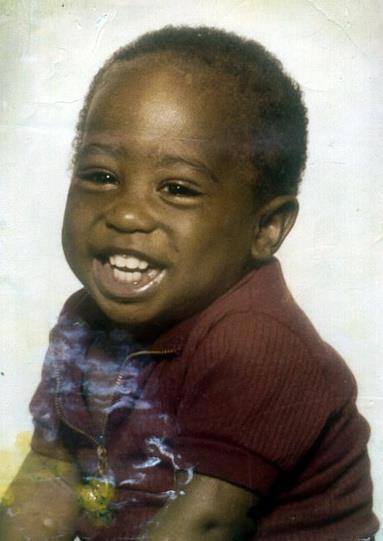
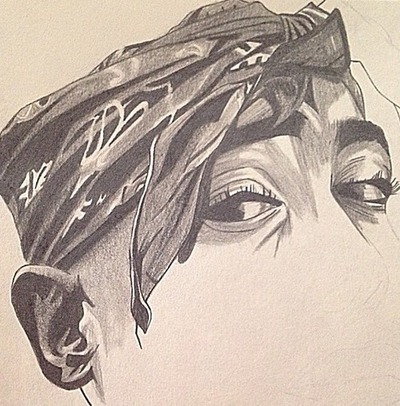
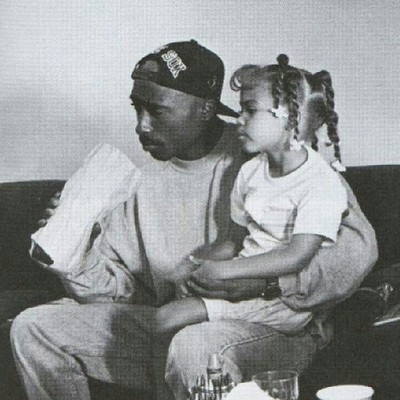





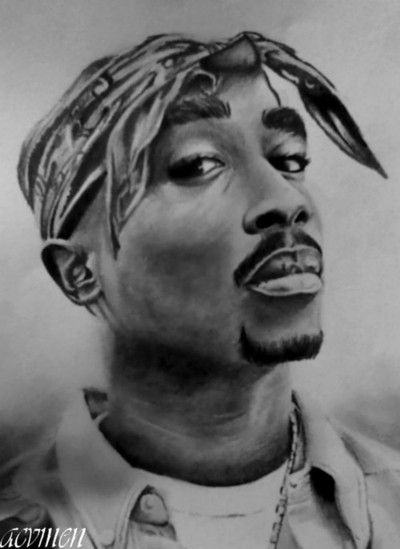
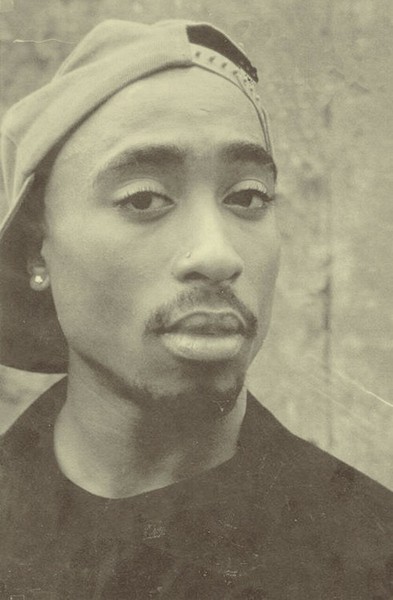
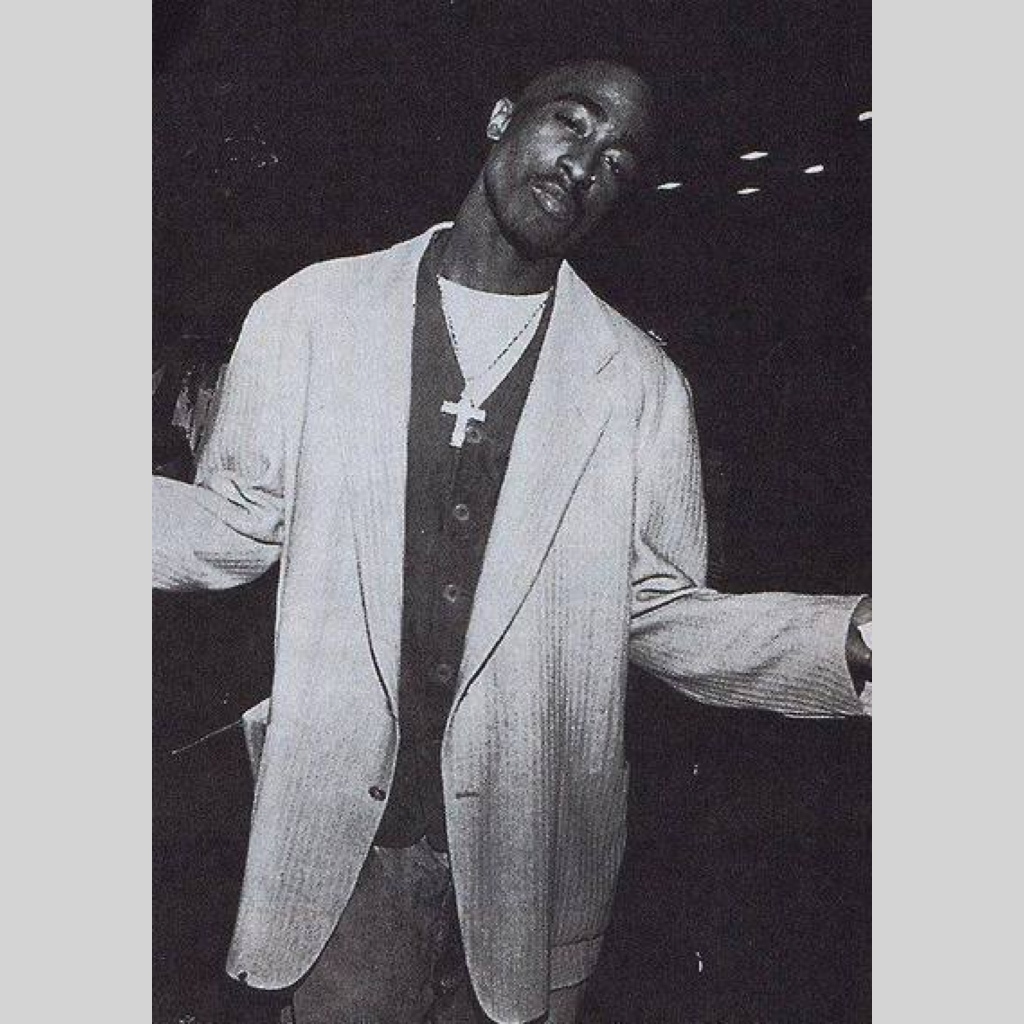


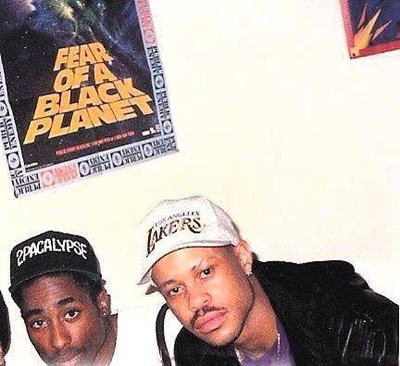
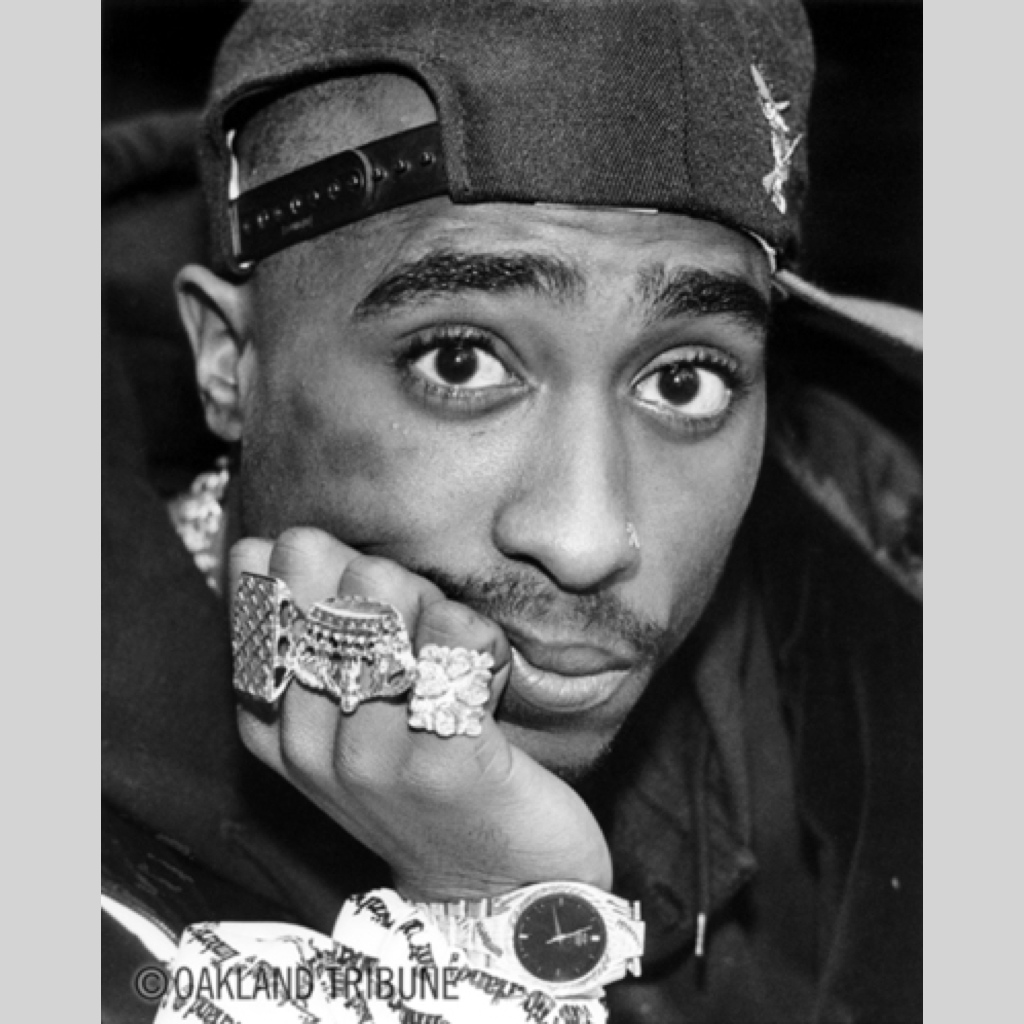
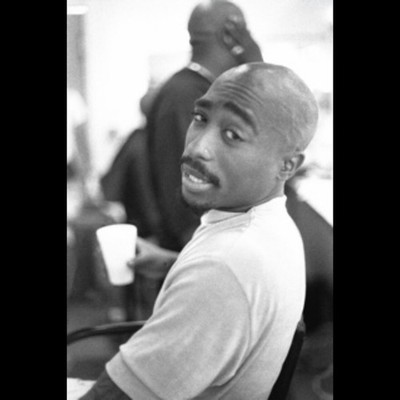




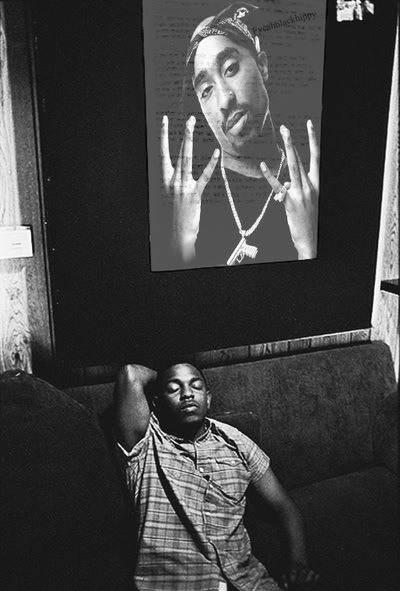
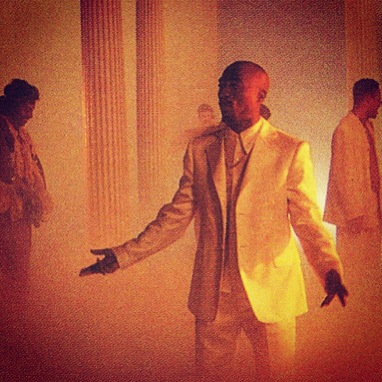



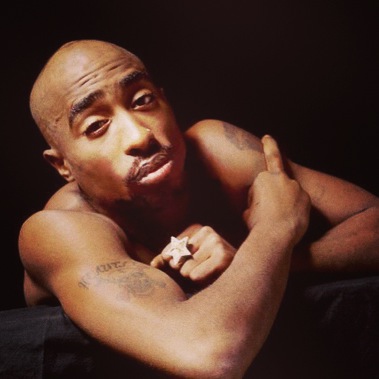
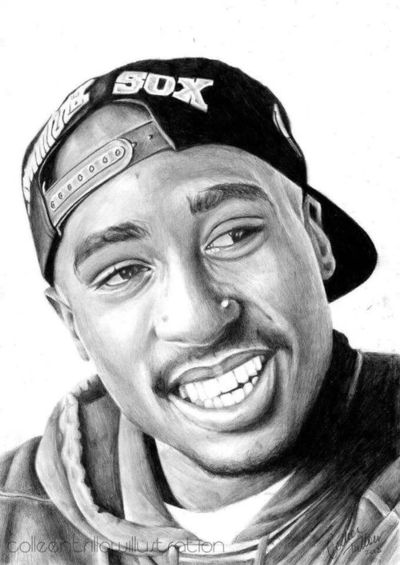

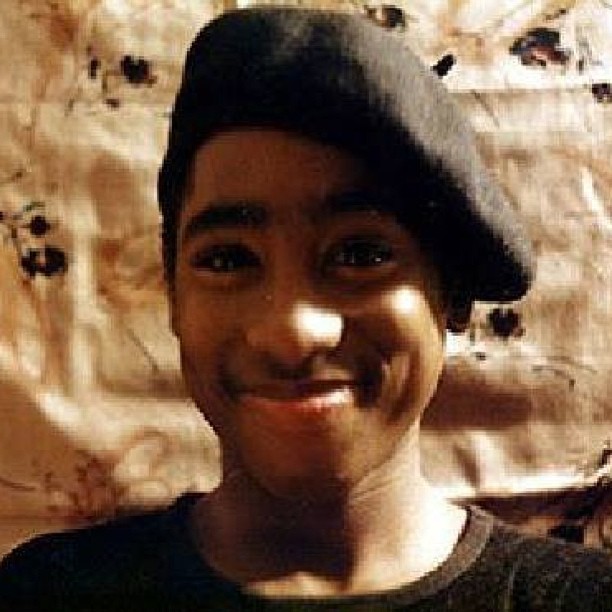
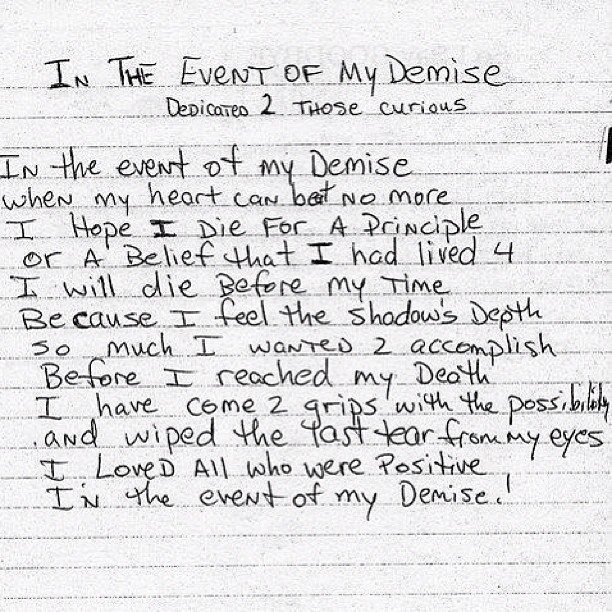

Stream Tupac’s Music:
Claim your bio by clicking the button above and let us know how we can work with you to update your digital bio
The history of hip hop culture and music. Learn about how hip hip has been commercialized, impacted pop culture, education & the universe. Take the journey through the 1990's with Tupac, the Notorious B.I.G., The Wu-Tang Clan, Jay-Z, Nas, DMX, Lil Kim, Junior Mafia, Tribe Called Quest, Dr. Dre, Snoop Dogg, Outkast, Scarface, Mos Def, Lady of Rage, The Fugees, Lauryn Hill, Puff Daddy, P. Diddy, Ruff Ryders,




